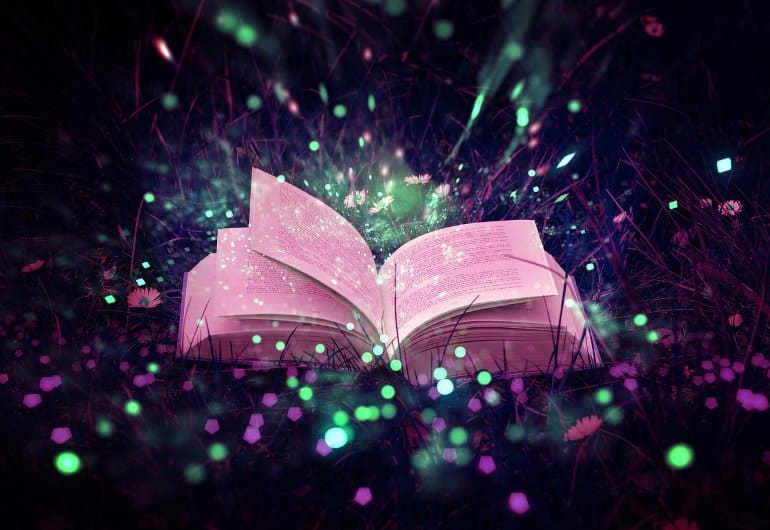Summary: Brain responses to a complex story, such as a movie plot, are consistent in children of all ages but the responses change as a child transitions into an adult.
Source: eLife
Researchers have revealed the changes in brain activity that underlie how our brains perceive and respond to stories as we grow from infants to adults.
The findings challenge the theory that perceptions of children are simply a noisier version of adult understanding, and suggest instead that children have their own unique way of understanding and interpreting the world.
The ability to perceive and remember the world around us changes radically throughout the first 20 years of life. It is accepted that older children and adults are better able to understand and interpret the world around them and anticipate upcoming situations, but the changes in brain activity that underlie this period of knowledge acquisition are not fully understood.
“In adults, watching a movie drives synchronized brain responses across different people, reflecting how they perceive, understand and remember the movie,” explains lead author, Samantha S. Cohen, Postdoctoral Scientist, Department of Psychology, Columbia University, US.
“Although many studies have looked at changes in knowledge during development, there is limited understanding of how internal representations of complex narrative stimuli emerge with age, allowing us to understand predictable and naturalistic events in the world, such as the plot of a Hollywood movie.”
Analyzing brain responses to complex stories or movies is challenging because there are no models that predict brain-wide responses to these types of stimuli. An alternative, model-free approach is to use inter-subject correlation (ISC), which measures the similarity of brain responses in a region of the brain across movie-viewers.
The researchers used a large publicly available dataset of functional magnetic resonance imaging (fMRI) brain scans recorded while children and young adults watched a short video animation containing both social and emotional themes. For the youngest (5–8 years) and oldest (16–19 years) age groups, they measured the ISC for children of the same age and between children of different ages.
They found that brain responses to the movie tend to be consistent among children of the same age, but that these responses change as children grow into young adults. Specifically, the brain regions that are used to internally recognize events within the story shifted from brain regions that track coarse narrative information to those that track sensory details and the mental states of characters in the story.

One of the ways to study differences in how children and adults respond to stories is to compare how they notice and perceive the key events within the movie that compose the story. The team asked both children and adults to report where they believed meaningful scene changes occurred in the story.
They found that children as young as seven divided up the story the same way as adults, but that the brains of older children were better able to anticipate upcoming events in a movie.
Surprisingly, in the hippocampus, a region important for memory formation, younger children had stronger responses at the transitions between events in the story, possibly because they are still forming an understanding of events in the world.
“Our results reveal that brain responses to stories do not simply become more synchronized across children as they age, but in fact change their dynamics and timing to become more adult-like,” concludes senior author Christopher Baldassano, Assistant Professor of Psychology, Columbia University.
“Moreover, the study provides the groundwork for assessing how children acquire schematic knowledge about the world and learn how to deploy that knowledge at the appropriate time.”
About this neurodevelopment research news
Author: Emily Packer
Source: eLife
Contact: Emily Packer – eLife
Image: The image is in the public domain
Original Research: Open access.
“Developmental changes in story-evoked responses in the neocortex and hippocampus” by Christopher Baldassano et al. eLife
Abstract
Developmental changes in story-evoked responses in the neocortex and hippocampus
How does the representation of naturalistic life events change with age? Here we analyzed fMRI data from 414 children and adolescents (5 – 19 years) as they watched a narrative movie.
In addition to changes in the degree of inter-subject correlation (ISC) with age in sensory and medial parietal regions, we used a novel measure (between-group ISC) to reveal age-related shifts in the responses across the majority of the neocortex.
Over the course of development, brain responses became more discretized into stable and coherent events and shifted earlier in time to anticipate upcoming perceived event transitions, measured behaviorally in an age-matched sample.
However, hippocampal responses to event boundaries actually decreased with age, suggesting a shifting division of labor between episodic encoding processes and schematic event representations between the ages of 5 and 19.






